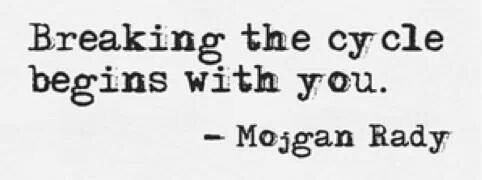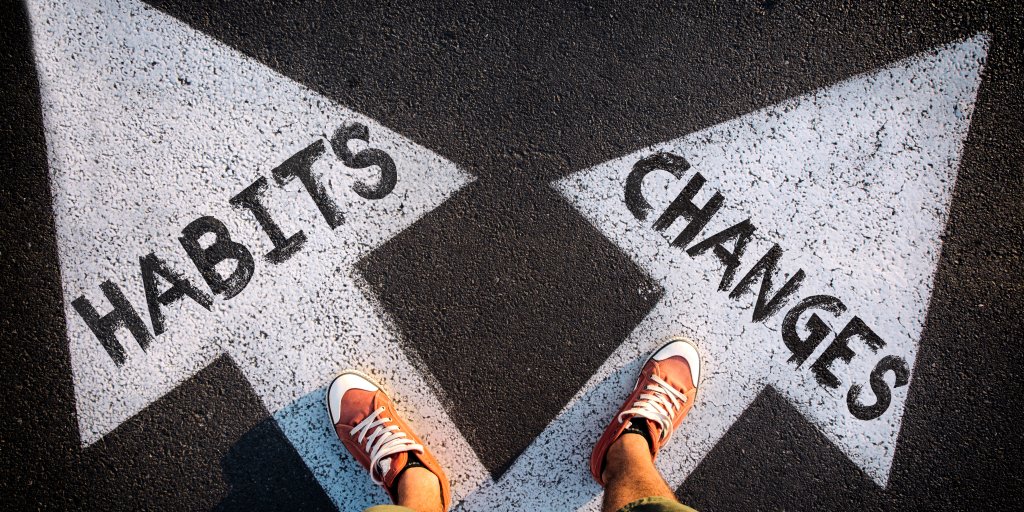Weirdly Comforting: Breaking the cycle of habit through the Indirect Procedure of Inhibition
Inhibition is the central operating principle of the Alexander Technique. It is what makes Alexander’s work a unique mind/body discipline. But the indirect nature of Inhibition can be baffling.
The common experience of trying to improve or recover functioning is circular. When working with the neuromuscular system to locate a problem area, (or have it diagnosed), it is recommended to either strengthen the area, stretch it, or relax it.
Modern Alexander Technique innovator, Missy Vineyard, calls this process, “Find it, Feel it, and Fix it.” David Gorman, wrote an essay 30 years ago entitled, “The rounder we go, the samer we get”
The circular find it, feel it, fix it procedure is repeated millions of times every day and it has validity…it also has serious shortcomings.
First, it will give a false impression, that something has changed because the body feels different, therefore the problem has been solved. But since feelings/sensations are notoriously inaccurate, the brain can send out an incorrect message that “all is well”. Second, nothing has been done to interrupt the large unconscious program associated with the habit that initially caused the dysfunction.
A simple example will illustrate this circular process.
Do you notice you slump while sitting at your work station?
Slumping for hours causes any one or all of the following: back or neck pain, headaches, fatigue, shoulder or wrist pain, and shallow breathing… to name a few. There are a number of remedies you may attempt such as: stretching shortened muscles, strengthening overworked or weak muscles, deep breathing and relaxation techniques, pain medications, and sitting up straight!!
All of these remedies have value, but none address why your brain insisted on a slump in the first place. The learned program in the unconscious brain called “slumping at your work station” is still there!
Somewhere in your past, you learned how to slump for many reasons, (including emotional ones). And that learning will eventually overpower your best interventions because it has been practiced for years eventually causing the slump to return.
Weirdly comforting: Because dysfunctional habits are unconscious you cannot consciously know how to change them. You don’t have a direct line to your unconscious brain.
If you did you could change habits easily.
What you can do however is create conditions through Inhibition to allow the right thing to happen. Assuming the right thing can happen may sound like a leap of faith. But it is now known that there is a right thing, generated by thought, delivered in the service of the entire psychophysical organism.
The reason is that the design of the body is not haphazard. The inherent architecture of the body has consistent design features, specifically uprightness, that have been demonstrated by Alexander’s discoveries, discussed in previous blogs. This design has often been mismanaged or injured, but can be recovered. The recovery has to come from the brain and come in the form of an INDIRECT REQUEST.
Remember, if you already knew what needed to be changed, you would have done it.
Recently brain science has shown massive amounts of intrinsic activity between the conscious and unconscious brain. The indirect request from the conscious to unconscious brain comes in the form of a question. The question asks the unconscious brain to stop firing the neurons that are unnecessary, unwanted or harmful in the concept; “sitting at the work station.”
This way you communicate with the specific habit and its effect on the entire body instead of an isolated group of muscles.
You have been taught to think about the body in parts, but when a request is made to include your entire organism, unexpected outcomes follow. The outcomes will clarify connections and relationships in the body that seem impossible, but weirdly comforting because they are not the habit.
The absence of habit brings the presence of ease.
With diligent practice, the Indirect Procedure of Inhibition will produce predictable outcomes, (lighter, longer, looser and up). The weirdly comforting experience of lighter, longer, looser, and up. However baffling at first, is the brain’s signal that the cycle of habit has been broken.
~Edward Bilanchone




Comments are closed